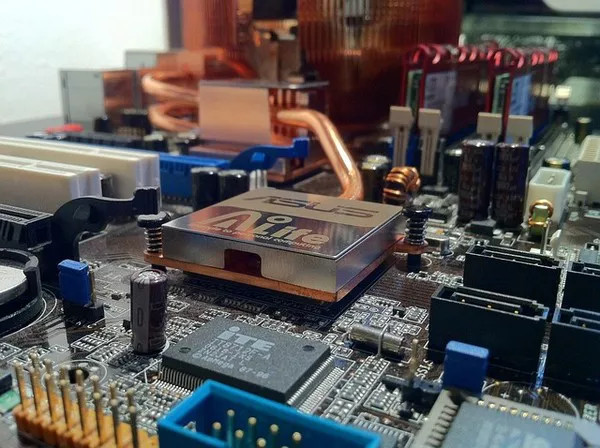The Columbia Energy Storage Project in Wisconsin is set to become the first U.S. initiative to deploy a carbon dioxide (CO2) battery system, marking a significant step in the evolution of long-duration energy storage technologies. Spearheaded by Alliant Energy and developed by Energy Dome, this project aims to address the limitations of conventional lithium-ion batteries in supporting grid-level, long-term storage needs.
Challenges with Lithium-Ion Batteries
While lithium-ion batteries dominate current energy storage solutions due to their high energy density, they are not ideal for long-duration storage. Their performance degrades over time, especially with frequent cycling, leading to reduced lifespan. Moreover, the high costs of raw materials such as lithium and cobalt make large-scale deployment expensive. Safety concerns, including risks of thermal runaway, further complicate their use in extensive applications.
Traditional power grids, designed for steady baseload power from fossil fuels, struggle with the intermittent nature of renewable energy sources. This variability underscores the need for reliable energy storage solutions that can bridge the gap between renewable energy production and consumption, ensuring a stable power supply even during periods of inactivity.
The Promise of Carbon Dioxide Energy Storage
Energy Dome’s innovative CO2 energy storage system addresses these challenges with a unique approach. The Columbia Energy Storage Project will employ a closed thermodynamic cycle using carbon dioxide. In this system, CO2 transitions between gaseous and liquid states to drive a turbine and generate electricity. The process boasts a round-trip efficiency exceeding 75% AC-AC and MV-MV, with no degradation over its anticipated 30+ year lifespan and an energy storage duration ranging from 8 to 24 hours.
This CO2-based system offers several advantages over traditional lithium-ion batteries:
100% Depth of Discharge: Unlike lithium-ion batteries, which experience performance degradation with partial discharges, the CO2 system maintains full discharge capability.
Lower Capital Expenditure: The system’s capital costs are lower than those associated with large-scale lithium-ion deployments.
Extended Lifetime: With a lifespan exceeding 30 years, the CO2 system significantly outlasts the typical lifespan of less than 12 years for lithium-ion batteries.
Ambient Temperature Operation: The system operates at ambient temperatures, avoiding the high costs associated with compressed air energy storage and eliminating operational CO2 emissions.
The Columbia Energy Storage Project is poised to provide enough electricity to power approximately 18,000 Wisconsin homes for 10 hours on a single charge, enhancing grid stability and resilience.
Looking Ahead
As the energy grid increasingly relies on intermittent renewable sources, the need for effective long-term storage solutions becomes more critical. The Columbia Energy Storage Project represents a promising advance in this field and could have a profound impact on the future of energy storage. The project is currently awaiting approval from the Public Service Commission of Wisconsin.

